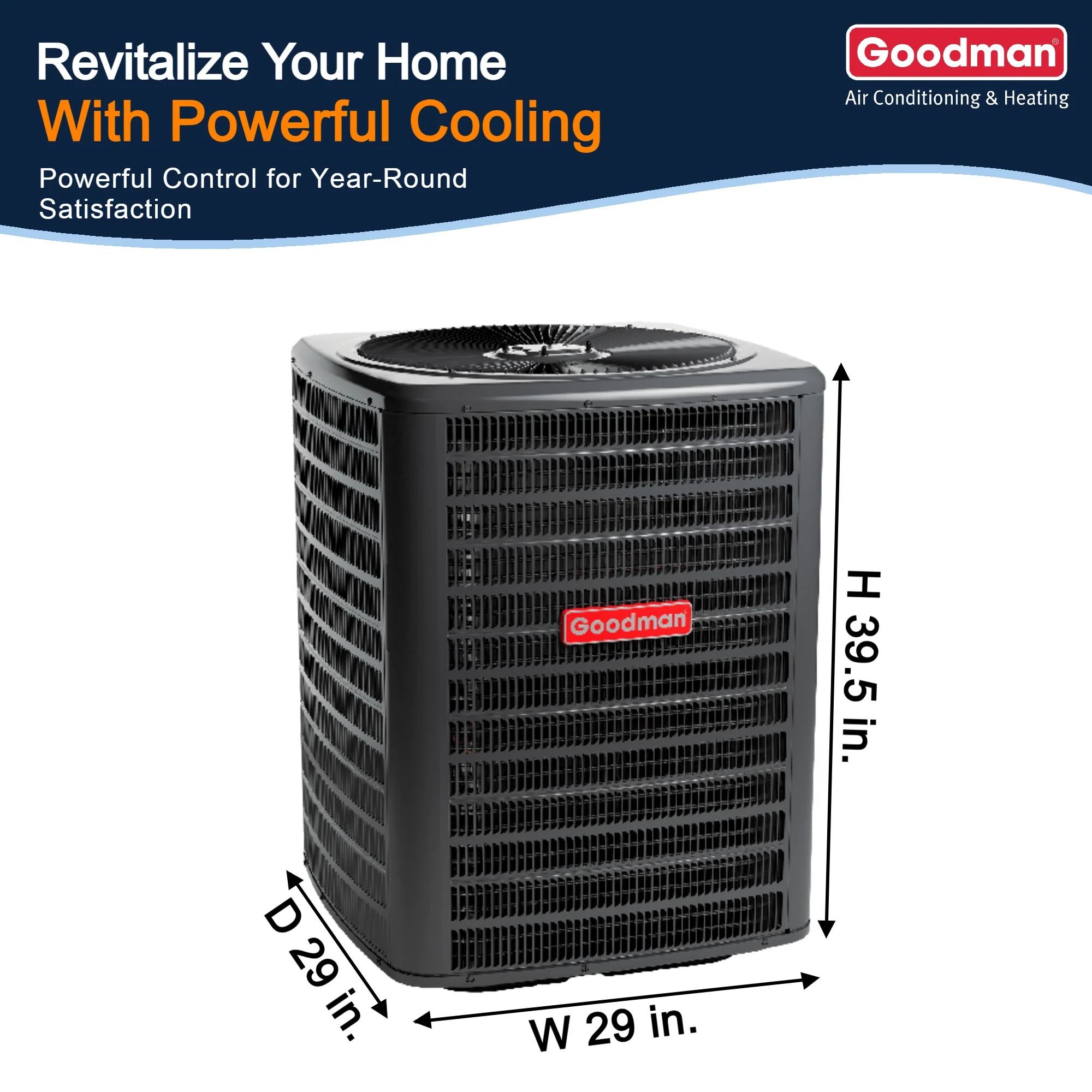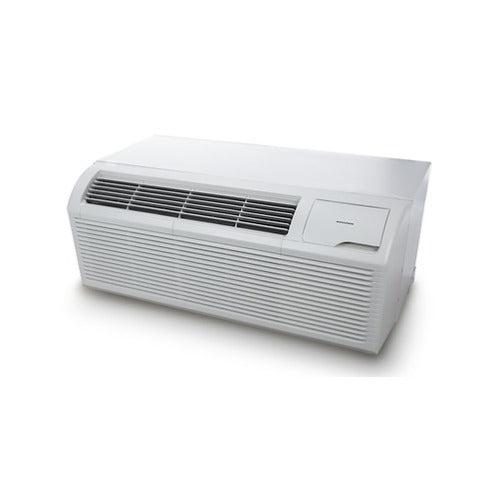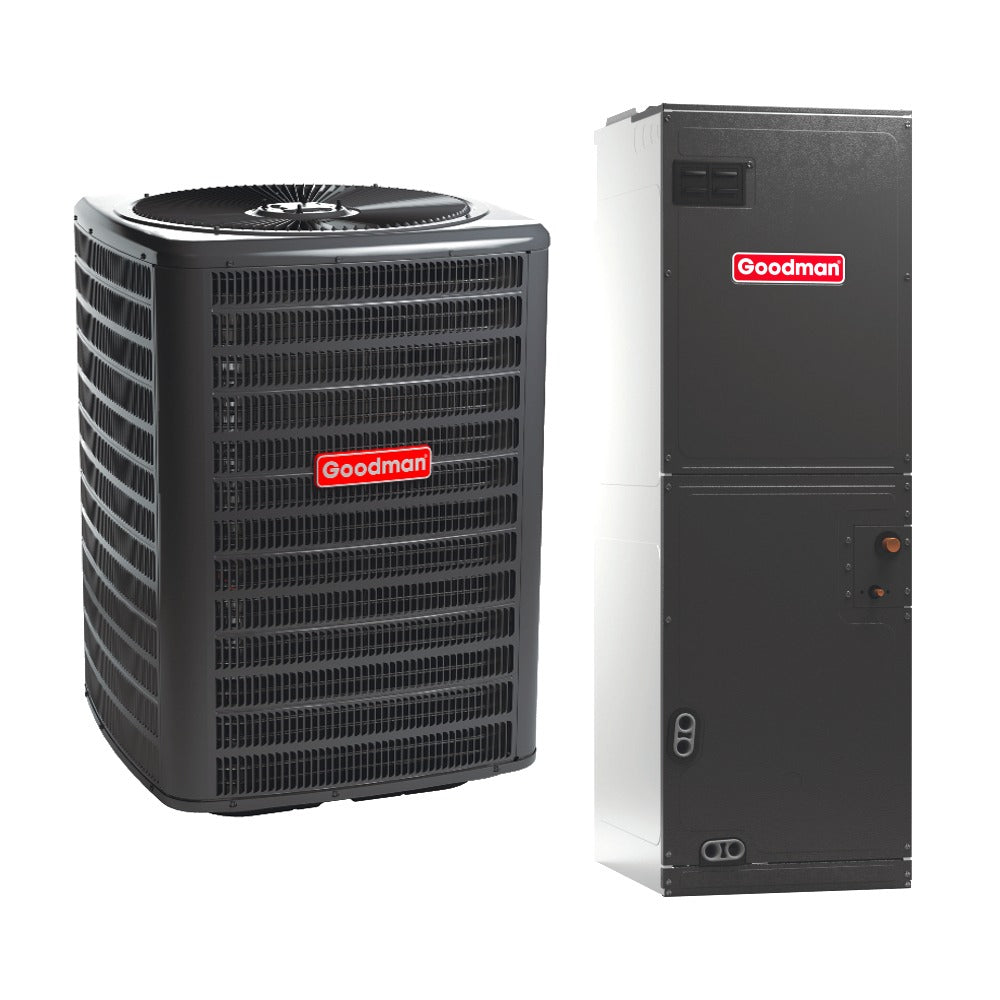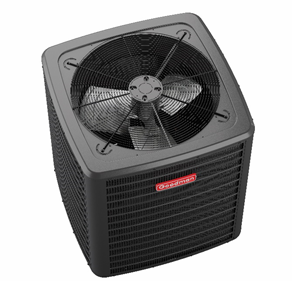When investing in a cooling system for your home, property, or commercial space, it’s natural to ask: What does it really cost? More importantly—what will I save in the long run? Through-the-wall air conditioners are becoming an increasingly popular choice, and with good reason. They offer energy efficiency, reliable cooling performance, and the potential for significant long-term savings, especially when paired with modern technologies like R-32 refrigerant and high SEER ratings.
In this comprehensive guide, we’ll break down:
-
Initial purchase and installation costs
-
Operating and maintenance costs
-
The financial benefits of energy efficiency
-
How to calculate BTU needs for cost-effective sizing
-
Rebates, incentives, and how to make the most of your investment
Whether you’re a homeowner evaluating your options or a property manager looking for cost-effective cooling at scale, understanding this breakdown is key to making the smartest decision.
💵 Initial Purchase and Installation Costs
➤ Unit Price
Through-the-wall air conditioners typically range in cost depending on:
-
BTU rating (cooling capacity)
-
Energy Efficiency (measured by SEER)
-
Features like remote controls, smart thermostats, and heat functions
Typical Price Ranges:
-
8,000 BTU to 10,000 BTU: $450–$650
-
12,000 BTU to 14,000 BTU: $600–$800
-
18,000 BTU to 24,000 BTU: $850–$1,500
Units that use R-32 refrigerant, a next-gen eco-friendly solution, may have a slightly higher upfront cost—but provide long-term savings in operating efficiency.
➤ Installation Cost
Installing a through-the-wall unit is more involved than placing a window unit. Costs depend on whether a wall sleeve exists or must be added.
-
With existing wall sleeve: $100–$300
-
New sleeve installation: $300–$600
-
Electrical work (if needed): $100–$500
🔧 Total Initial Investment Estimate: $600–$2,000 (depending on unit size, existing infrastructure, and labor rates)
⚙️ Ongoing Operating Costs
The bulk of your long-term costs will come from monthly energy consumption and occasional maintenance. Here's how to keep those costs predictable.
➤ Energy Usage
The amount of electricity used by a through-the-wall unit depends on the:
-
BTU output
-
Hours of use
-
SEER rating (Seasonal Energy Efficiency Ratio)
Example Energy Usage Calculation:
Let’s say you have a 12,000 BTU unit with a SEER of 15, and you run it for 8 hours a day for 30 days.
-
Formula:
BTU / SEER = watts per hour
12,000 / 15 = 800 watts/hour
800 x 8 hours/day x 30 = 192,000 watts or 192 kWh/month
At a national average electricity rate of $0.14 per kWh, your monthly cost =
192 x $0.14 = $26.88/month
More efficient units (SEER 18+) or models using R-32 refrigerant (which allows faster heat transfer) may reduce that cost even further.
🧮 BTU Sizing: Spend Smart, Not Big
One of the most common mistakes is overbuying BTUs, thinking more is better. An oversized unit cools too quickly, causing it to cycle on and off frequently, which wastes energy and increases wear.
BTU Sizing Chart:
| Room Size (sq ft) | Recommended BTU |
|---|---|
| 150–250 | 6,000–7,000 |
| 250–350 | 8,000–9,000 |
| 350–450 | 10,000–12,000 |
| 450–700 | 14,000–18,000 |
| 700–1,000+ | 18,000–24,000 |
💡 Pro Tip: Consider sunlight, ceiling height, number of occupants, and kitchen appliances when sizing. Getting this right reduces your monthly energy use significantly.
⚡ The Role of SEER in Long-Term Savings
SEER (Seasonal Energy Efficiency Ratio) is the gold standard for measuring cooling efficiency. The higher the SEER, the more cooling output you get for each watt of electricity.
| SEER Rating | Efficiency | Monthly Energy Cost (based on 12,000 BTU) |
|---|---|---|
| 13 (minimum standard) | Good | ~$31/month |
| 15–17 | Better | ~$26/month |
| 18+ | Excellent | ~$22/month or lower |
High-SEER units can cut annual cooling costs by up to 30–50% compared to lower-efficiency models. This translates to $100–$300 in annual savings, which adds up fast.
🌱 Benefits of R-32 Refrigerant
Most older systems used R-410A, which is being phased out due to its high Global Warming Potential (GWP). R-32 refrigerant is now the preferred choice for manufacturers aiming to comply with global climate regulations.
Advantages of R-32:
-
30% lower GWP than R-410A
-
Requires less refrigerant per charge
-
Faster heat absorption = better efficiency
-
Supports high SEER performance
-
Helps qualify for energy rebates
Though R-32 units might cost slightly more upfront, they run cooler, cleaner, and cheaper, saving you 15–25% in electricity costs over time.
💸 Maintenance & Repair Costs
Keeping your unit in top shape doesn’t require a huge budget. Most tasks are simple DIY routines or low-cost professional visits.
Estimated Annual Costs:
-
Filter replacements: $10–$30
-
Coil cleaning: $0 if DIY, ~$75 if professional
-
Drainage inspection/cleaning: $0–$50
-
Annual HVAC tune-up: ~$100–$150
Long-Term Cost Reduction:
Preventive maintenance helps maintain peak efficiency, protects SEER performance, and avoids major repair costs—extending your unit’s lifespan to 10–15 years or more.
🎁 Rebates, Incentives, and Energy Programs
One of the most underused cost-saving tools are rebates and energy incentive programs. High-efficiency through-the-wall units often qualify for:
-
Federal energy tax credits
-
State and municipal energy rebates
-
Utility company incentives
-
Manufacturer rebates for ENERGY STAR-certified units
How to Find Rebates:
-
Use the ENERGY STAR Rebate Finder
-
Check with your local utility provider
-
Visit your state’s Department of Energy website
🧾 Example:
A $75 rebate on a $650 high-efficiency unit effectively reduces the cost to $575—plus you save ~$150/year on utilities, making ROI happen fast.
📊 Total Cost of Ownership: A 5-Year Comparison
| Category | Low-SEER Unit (SEER 13) | High-SEER R-32 Unit (SEER 18) |
|---|---|---|
| Initial Cost | $550 | $750 |
| Annual Energy Cost | $372 | $264 |
| 5-Year Energy Total | $1,860 | $1,320 |
| 5-Year Maintenance | $400 | $400 |
| 5-Year Total | $2,810 | $2,470 |
| Net Savings | – | $340 |
And that’s not including rebates, extended lifespan, or better cooling performance.
🌟 Final Thoughts: Smart Cooling = Smart Spending
When you choose a through-the-wall air conditioner, you’re investing in a long-term climate solution. While upfront costs can vary, your focus should be on the total cost of ownership—which includes:
-
Smart BTU sizing
-
High SEER ratings
-
Use of R-32 refrigerant
-
Qualifying for rebates
-
Practicing enhanced energy management
Done right, the system will pay for itself in a matter of years—not just in reduced energy bills, but in reliability, comfort, and sustainability.







